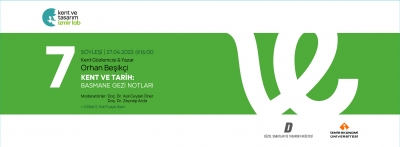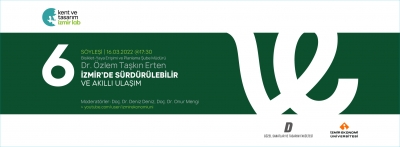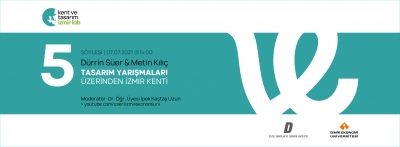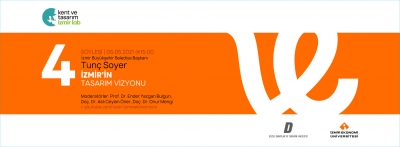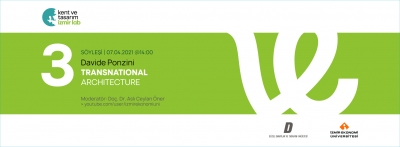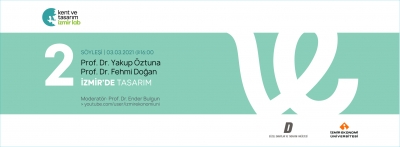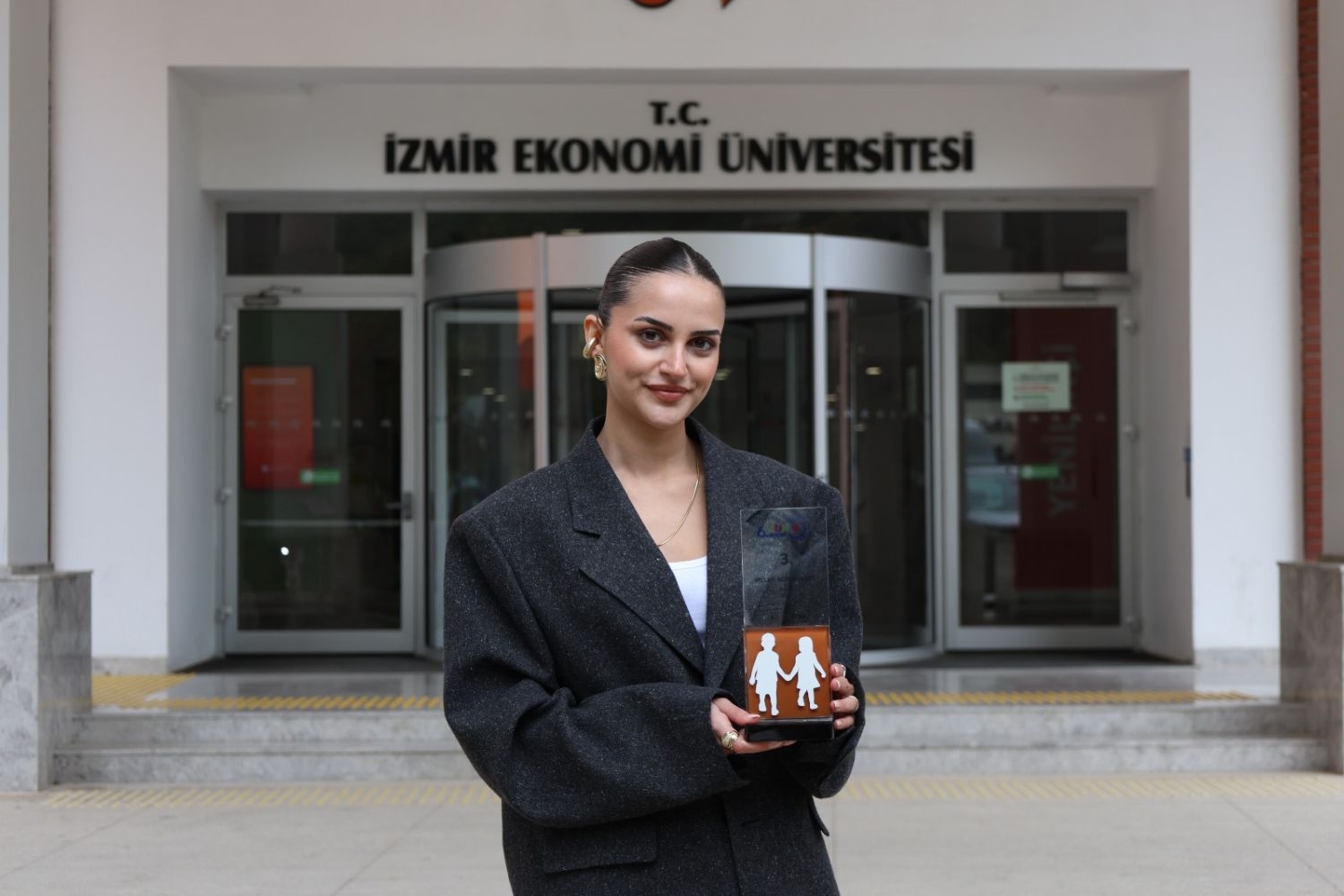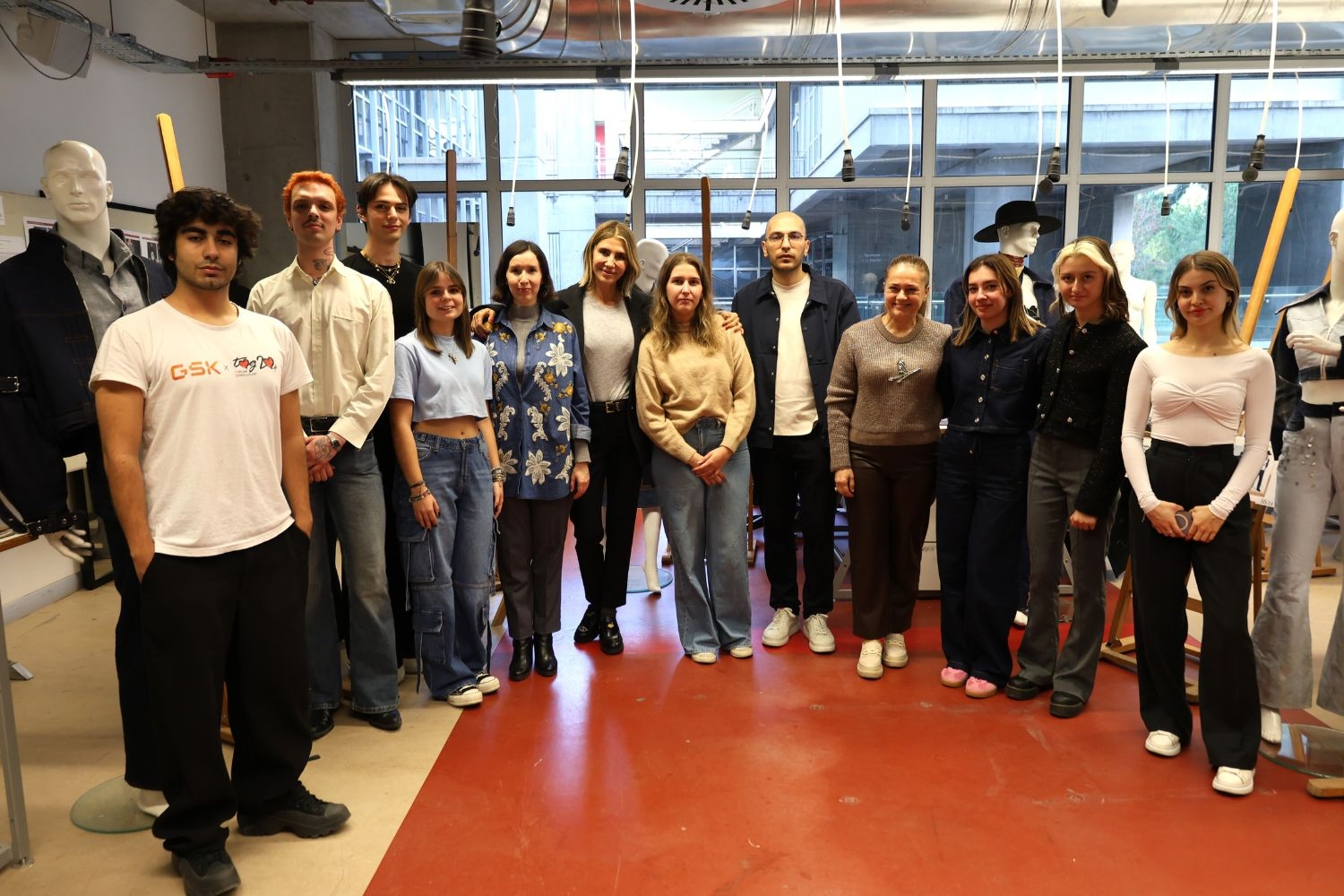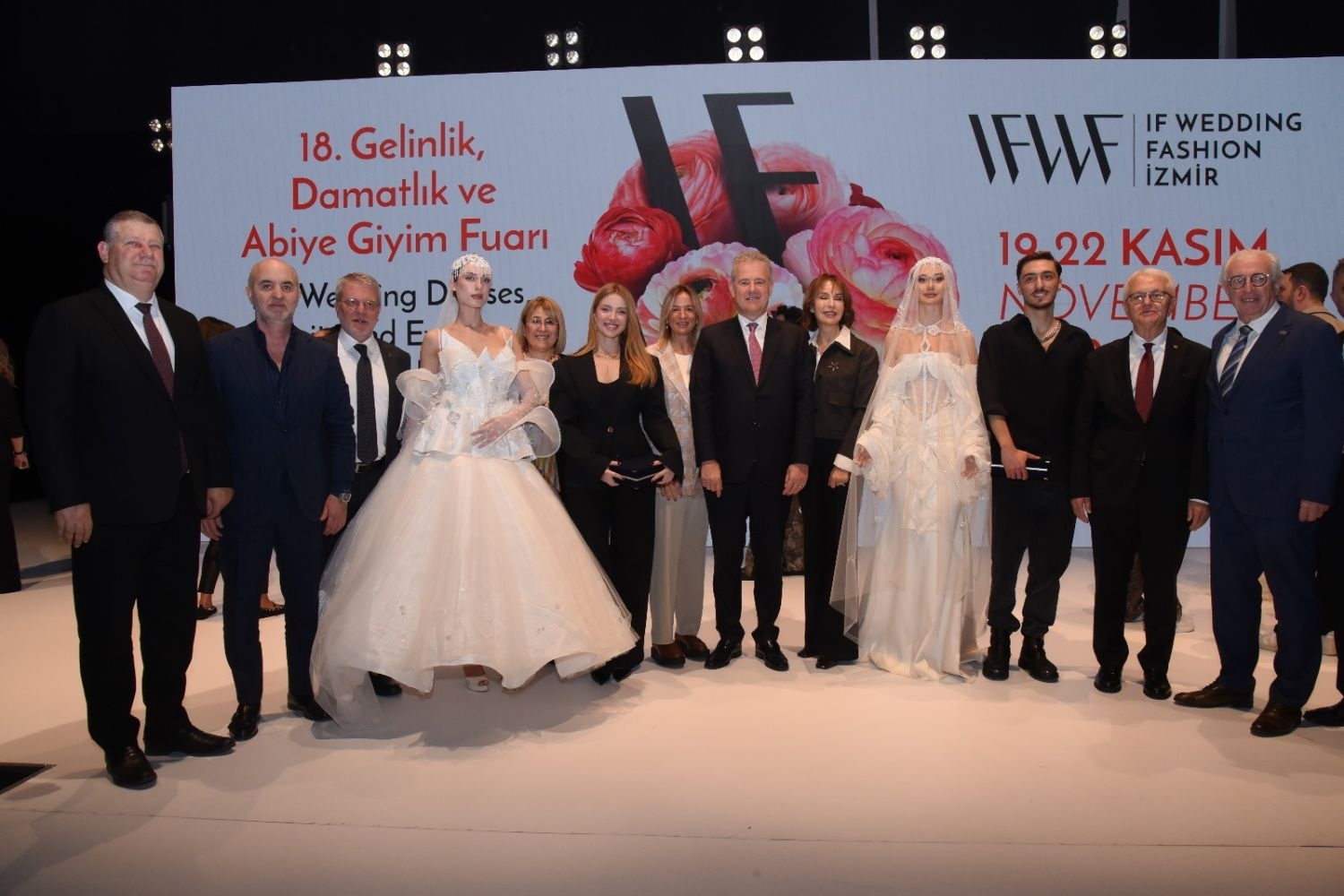FACULTY OF FINE ARTS AND DESIGN
Department of Textile and Fashion DesignGEET 202 | Course Introduction and Application Information
| Course Name |
Multiculturalism and Globalization
|
|
Code
|
Semester
|
Theory
(hour/week) |
Application/Lab
(hour/week) |
Local Credits
|
ECTS
|
|
GEET 202
|
Fall/Spring
|
3
|
0
|
3
|
5
|
| Prerequisites |
None
|
|||||
| Course Language |
English
|
|||||
| Course Type |
Service Course
|
|||||
| Course Level |
First Cycle
|
|||||
| Mode of Delivery | - | |||||
| Teaching Methods and Techniques of the Course | - | |||||
| National Occupation Classification | - | |||||
| Course Coordinator | ||||||
| Course Lecturer(s) | ||||||
| Assistant(s) | ||||||
| Course Objectives | Multiculturalism and Globalisation are central concepts across numerous academic disciplines in the 21st century. Over time they have given rise to a variety of concepts and theories that attempt to explain their impact on contemporary sociteties, states, and individuals. Multiculturalism cannot be fully understood in isolation from globalisation. In today’s rapidly changing world shaped by globalisation, multiculturalism remains one of the most widely discussed and contested issues—both within academia and in public discourse. This course is designed to provide students with a comprehensive understanding of multiculturalism and globalisation, offering knowledge that is valuable for both research and professional careers beyond academia. By fostering critical thinking and encouraging creativity, it also aims to broaden students’ perspectives, helping them interpret today’s globalised world, address its challanges, and anticipate the near future in a more insightful and enriched way. |
| Learning Outcomes |
The students who succeeded in this course;
|
| Course Description | In the opening weeks, the course will address the topics of multiculturalism and globalisation separately, equipping students with a foundational understanding of these two phenomena. This will be followed by a week dedicated to key theories of multiculturalism and globalisation. In the subsequent weeks, the course will explore the relationship between multiculturalism and globalisation in the context of phenomena such as migration, global inequalities, and populism. In the concluding weeks, attention will turn to the challenges and future prospects of multiculturalism and globalisation, concluding with student presentations. |
| Related Sustainable Development Goals |
|
|
Core Courses | |
| Major Area Courses | ||
| Supportive Courses | ||
| Media and Management Skills Courses | ||
| Transferable Skill Courses |
WEEKLY SUBJECTS AND RELATED PREPARATION STUDIES
| Week | Subjects | Related Preparation |
| 1 | Introduction to the course: Objectives and Expectations | |
| 2 | What is globalisation? Key Ideas and Concepts | 1) Steger, M. B. (2023). Globalization: A very short introduction. Oxford University Press. Ch. 1 & 2 2) Heywood, A. (2019). Politics, Red Globe Press. Ch.7 (pp. 293-309) |
| 3 | What is Multiculturalism? Key Ideas and Concepts | 1) Heywood, (2019), Ch. 8 2) Rattansi, A. (2011). Multiculturalism: A very short introduction. Oxford University Press (Introduction) & Ch.1 |
| 4 | Theories of Globalization | 1) Ritzer, G., & Dean, P. (2019) Globalization: The Essentials. Wiley‐Blackwell. Ch.2 |
| 5 | Theories of Multiculturalism | 1) Heywood, A. (2021). Political ideologies: An introduction. Red Globe Press. Ch. 11 |
| 6 | Multiculturalism in the Context of Globalisation: Understanding Diversity in a Connected World | 1) Smallman, S, & Brown, K. (2020). Introduction to international and global studies. Univ of North Carolina Press. Ch. 5 2) Shome, R. (2012). Mapping the limits of multiculturalism in the context of globalization. International Journal of Communication, 6, 144–165. 3) Steger, Ch. 5 |
| 7 | Migration | 1) Ritzer & Dean, Ch. 8 2) Pakulski, J, & Markowski, S. (2014). Globalisation, immigration and multiculturalism – the European and Australian experiences. Journal of Sociology, 50(1), 3-9 |
| 8 | Global inequalities | 1) Ritzer & Dean, Ch. 11 & 12 |
| 9 | Midterm Exam | |
| 10 | Populism, Multiculturalism and Globalisation | 1) Heywood, (2021), Ch. 8 2) Kymlicka, W. (2016). Defending diversity in an era of populism: Multiculturalism and interculturalism compared. In N. Meer, T. Modood R. Zapata-Barrero (eds.), Multiculturalism and interculturalism: Debating the dividing lines, Edinburgh University Press,158-177. (Ch. 7) 3) Steger, Ch. 7 |
| 11 | Challenges of Globalisation & Multiculturalism | 1) Rattansi, Ch. 3 & 4 2) Nye, M. (2007). The challenges of multiculturalism. Culture and Religion, 8(2), 109-123. 3) Ritzer & Dean, Ch. 13 |
| 12 | The Future of Globalization & Multiculturalism: Technology, wars, etc. | 1) Steger, Ch. 8 2) Rattansi,(Conclusion) 3) Smallman, & Brown, Ch. 13 |
| 13 | Student Presentations I | |
| 14 | Student Presentations II | |
| 15 | Review | |
| 16 | Final Exam |
| Course Notes/Textbooks | |
| Suggested Readings/Materials |
EVALUATION SYSTEM
| Semester Activities | Number | Weigthing |
| Participation |
1
|
10
|
| Laboratory / Application | ||
| Field Work | ||
| Quizzes / Studio Critiques | ||
| Portfolio | ||
| Homework / Assignments | ||
| Presentation / Jury |
1
|
30
|
| Project | ||
| Seminar / Workshop | ||
| Oral Exams | ||
| Midterm |
1
|
30
|
| Final Exam |
1
|
30
|
| Total |
| Weighting of Semester Activities on the Final Grade |
3
|
70
|
| Weighting of End-of-Semester Activities on the Final Grade |
1
|
30
|
| Total |
ECTS / WORKLOAD TABLE
| Semester Activities | Number | Duration (Hours) | Workload |
|---|---|---|---|
| Theoretical Course Hours (Including exam week: 16 x total hours) |
16
|
3
|
48
|
| Laboratory / Application Hours (Including exam week: '.16.' x total hours) |
16
|
0
|
|
| Study Hours Out of Class |
10
|
2
|
20
|
| Field Work |
0
|
||
| Quizzes / Studio Critiques |
0
|
||
| Portfolio |
0
|
||
| Homework / Assignments |
0
|
||
| Presentation / Jury |
1
|
22
|
22
|
| Project |
0
|
||
| Seminar / Workshop |
0
|
||
| Oral Exam |
0
|
||
| Midterms |
1
|
26
|
26
|
| Final Exam |
1
|
34
|
34
|
| Total |
150
|
COURSE LEARNING OUTCOMES AND PROGRAM QUALIFICATIONS RELATIONSHIP
|
#
|
Program Competencies/Outcomes |
* Contribution Level
|
|||||
|
1
|
2
|
3
|
4
|
5
|
|||
| 1 |
To be able to develop and design a collection independently. |
-
|
-
|
-
|
-
|
-
|
|
| 2 |
To be able to do maintain a design research individually or as a team. |
-
|
-
|
-
|
-
|
-
|
|
| 3 |
To be able to develop entrepreneurship- and managerial skills for a future professional practice. |
-
|
-
|
-
|
-
|
-
|
|
| 4 |
To be able to understand, interpret and apply theoretical knowledge in fashion and textile design. |
-
|
-
|
-
|
-
|
-
|
|
| 5 |
To be able to analyze and integrate the particular local and regional needs and of their profession. |
-
|
-
|
-
|
-
|
-
|
|
| 6 |
To be able to obtain a multidisciplinary point of view, follow and analyze the new issues, changes and trends in contemporary design and art in such a way that they can be integrated into design practice. |
-
|
-
|
-
|
-
|
-
|
|
| 7 |
To be able to apply industrial requirements, knowledge of material & usage and know-how knowledge in the creation of high quality fashion products. |
-
|
-
|
-
|
-
|
-
|
|
| 8 |
To be able to use digital information and communication technologies at a level that is adequate to the discipline of fashion and textile design. |
-
|
-
|
-
|
-
|
-
|
|
| 9 |
To be able to develop an ongoing analytical and professional approach to academic and design research. |
-
|
-
|
-
|
-
|
-
|
|
| 10 |
To be able to recognize the need and importance of a personal lifelong learning attitude towards their chosen area of interest. |
-
|
-
|
-
|
-
|
-
|
|
| 11 |
To be able to collect data in the areas of fashion and textile design and communicate with colleagues in a foreign language ("European Language Portfolio Global Scale", Level B1). |
-
|
-
|
-
|
-
|
-
|
|
| 12 |
To be able to speak a second foreign at a medium level of fluency efficiently. |
-
|
-
|
-
|
-
|
-
|
|
| 13 |
To be able to relate the knowledge accumulated throughout the human history to their field of expertise. |
-
|
-
|
-
|
-
|
-
|
|
*1 Lowest, 2 Low, 3 Average, 4 High, 5 Highest
NEWSALL NEWS

IZMIR UNIVERSITY OF ECONOMICS GÜZELBAHÇE CAMPUS
DetailsGLOBAL CAREER
As Izmir University of Economics transforms into a world-class university, it also raises successful young people with global competence.
More..CONTRIBUTION TO SCIENCE
Izmir University of Economics produces qualified knowledge and competent technologies.
More..VALUING PEOPLE
Izmir University of Economics sees producing social benefit as its reason for existence.
More..









